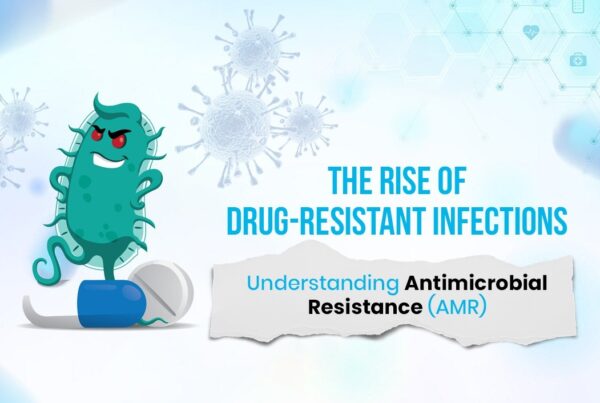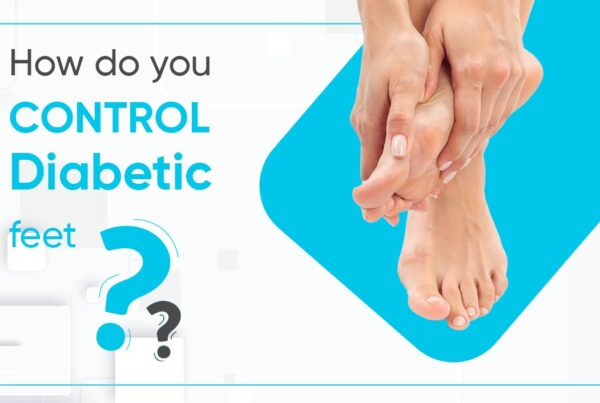Almost everyone has heard of and suffered from headaches, one of the most prevalent medical illnesses characterized by severe, dull, or throbbing pain on one or both sides of the head. Headaches can continue for hours, days, or even weeks. Though the majority of headaches aren’t significant and may be treated at home, persistent headaches should be addressed to a medical professional for further study.
Headaches are classified into several categories:
According to Harvard Medical School, doctors have identified over 300 different forms of headaches, yet only 10% of them have an obvious cause. Headaches are classified as primary or secondary headaches, depending on the cause.
Primary headaches are headaches that occur without the presence of an underlying medical disease. These headaches can be bothersome, but they aren’t life-threatening. Muscle stress, exposure to particular foods, and dehydration are all potential causes of primary headaches. The following are some of the most prevalent types of primary headaches:
Secondary headaches are generally caused by an underlying medical problem that causes pain-sensitive tissues in the head and neck to become inflamed. High blood pressure, drug usage, acute sinusitis, brain tumors, aneurysms, meningitis, and neck or brain damage are also causes of headaches.
Headaches come in a variety of forms, including tension headache, migraine, and cluster headache. A headache’s strength and frequency can vary according to its type.
Headaches can cause the following symptoms:
1. Headache caused by tension:
The headache becomes more intense with time.
Mild to moderate discomfort
Headache on both sides that can spread to the back of the head or neck
No nausea, vomiting, or light sensitivity accompany the dull discomfort, which feels like a band around the head.
2.Migraine:
Moderate to intense pain, which can linger for hours to days on one or even both sides of the head, pounding or throbbing pain on one or even both sides of the head
The vision is hazy.
Intolerance to light, noise, or odors
Vomiting and nausea
Diarrhea or stomach ache
3.Cluster Headache
Only one side of the head is in excruciating discomfort.
The headaches come in waves and might continue for weeks or months.
Redness and watering appear in the afflicted eye.
The affected eyelid is droopy or puffy.
Pain that seems like it’s burning or stabbing
A swollen brow
Congestion or a runny nose
4.Sinus headaches:
Leaning forward causes more pain.
Face swollen
Nasal discharge that is thick
Congestion
Fever
The mouth has a bad flavor.
In the ears, there is a sense of fullness.
5. Headache as a result of taking too many medicines
Frequent and long-lasting headaches
The morning discomfort is severe, but it improves once the medications are removed.
6. Persistent everyday headaches:
For more than three months, I’ve had a constant headache.
Over-the-counter drugs do not relieve pain on both sides of the head.
7.Sex-related headache:
Pain in the head and neck that worsens with sexual stimulation
Before or during orgasm, a sudden, intense, throbbing headache emerges.
Pain might last minutes, hours, or even days.
Note: If you are experiencing any of these symptoms, you should seek medical advice.
Is it possible to treat headaches at home?
The goal of treating the disorder is to reduce the frequency and severity of headaches. Mild headaches can be managed in a variety of ways, including:
Recognizing the triggers: To avoid headache episodes, one should be aware of the stimuli and avoid them. Alcoholism and stress, for example, can provoke migraines and should be avoided.
Non-prescription medications such as acetaminophen and ibuprofen are available over-the-counter to treat pain. On the other hand, overuse of these drugs is not advised.
Reduce stress: One of the leading causes of headaches is stress. To relieve stress, try meditation, mindfulness, yoga, or tai chi.
Biofeedback: During a headache, biofeedback is a technique that helps people recognize and train the tense parts of their bodies. Experts use biofeedback to attach sensors to the body and track involuntary physical responses to headaches like increased respiration, heart rate, temperature, and muscular tension.
Get proper sleep:Lack of sleep might cause headaches if you don’t get enough of it. To avoid headaches, one must sleep for at least 7 to 8 hours per day. To get a good night’s sleep, sleep in a quiet, cool place.
Maintain a healthy level of physical activity. Exercise on a regular basis can help reduce the severity of a headache’s pain. Moderate-intensity exercise, like brisk walking, swimming, or cycling, should be done on a regular basis for at least half an hour. Before beginning any new physical activity, anyone with underlying medical conditions should visit their doctor.
When should you see a doctor?
Over-the-counter pain relievers can be used at home to treat mild headaches. Some headaches, on the other hand, may necessitate immediate medical attention. The following are indications that you should consider when you seek medical help:
1. A headache that is very intense and inhibits one from carrying out typical daily tasks
2. After 50 years of age, you’ve developed a new form of headache.
3. Having three or more headache attacks every week.
4.Almost every day, I suffer from a headache that necessitates the use of pain relievers.
5. In addition to a headache that persists despite taking two or three doses of over-the-counter drugs,other symptoms such as neck stiffness, fever, vision abnormalities, slurred speech, fatigue, numbness, disorientation, amnesia, or impaired attentiveness may be present.
6.After an accident or a brain injury, you may get headaches. Intense nausea and vomiting accompany the headache.
7.Pain and tenderness near the temples, as well as a headache
8. There is a painful red eye present, as well as a headache.
9. After waking up and having a headache,
10. A headache that becomes worse when you cough, sneeze, or move about
11. A change in personality or brain function is noticeable.
Conclusion:
For most people, an occasional headache isn’t a big deal because it can be treated with easy lifestyle adjustments, relaxation exercises, biofeedback, yoga, and over-the-counter pain relievers. However, severe headaches may be incapacitating for certain people, necessitating rapid medical intervention. People who suffer from severe or recurrent headaches should seek medical advice for the best prevention and treatment options. Non-prescription drugs should not be used excessively because they can cause health problems.
Contact us for any more information you need to know about this topic in depth. We are more than happy to assist you with your query.









